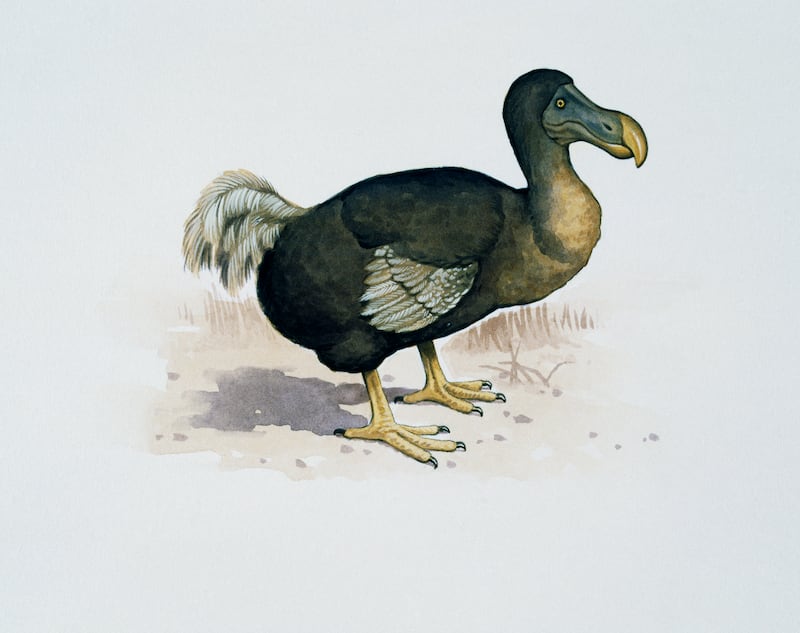A US gene-editing company has announced it plans to bring the dodo, a Mauritian bird last seen in the 17th century, back to at least a semblance of life.
Whether “bringing back” a semblance of the extinct flightless bird is feasible is a matter of much debate – and controversy.
It grabbed global headlines, prompting accusations of rogue scientists “playing God” and science showing its reckless side by pursuing a risky experiment with potential for grave, unforeseen outcomes.
Is this an outlandish proposition?
In many respects, no. Gene-editing techniques now exist that allow scientists to mine the dodo genome for key traits that they believe they can then effectively reassemble within the body of a living relative.
Whole genomes of mammals are now known with ability to track genes responsible for distinct traits. Crispr technology – Crispr, which stands for clustered regularly interspaced short palindromic repeats, denotes particular types of DNA sequences – has transformed research, enabling gene editing that is fast, simple and precise.
The scientists in question say their work, beyond providing an insight into the extinct dodo’s existence, could help inform conservation of rare species not yet extinct. This is the realm of the Holy Grail for researchers witnessing accelerating extinction across Planet Earth and desperately trying to find ways to arrest it.
As species vanish at a rate not seen in 10 million years, more than a million species are on the brink. Humans are driving this through activities that take over animal habitats, pollute nature and fuel global warming.
What technique is likely to be deployed?
With the mammalian species the technique requires implanting gene-editing material into the reproductive system of an existing relative of the species, such as an elephant in the mammoth’s case. It could take many pregnancies to create viable offspring. To produce Dolly the cloned sheep, in 1996, from a mammary-gland cell required 277 attempts.
Dodos are most closely related to pigeons. The researchers will be able to work with pigeon eggs and use genetic material that can be modified to reflect key traits of the dodo. But this will be technically challenging, as no one has yet managed to use gene-editing for birds in this way.
Who is behind the venture?
Colossal Biosciences, which is based in Dallas, was founded in 2021 by a tech entrepreneur, Ben Lamm, and a Harvard University geneticist, George Church. It has already embarked on projects to revive the woolly mammoth and the thylacine (the Tasmanian tiger).
With a reported $150 million of additional investment (and a valuation of $1.5 billion), the company has now added the first bird to its list. This is significant, as it means changing the gene-editing technique to accommodate an external egg. This could bypass at least some of the ethical dilemmas for scientists.

Beth Shapiro, the lead palaeogeneticist at Colossal, told the Guardian she had been fascinated by the dodo for more than two decades, since pursuing a degree at Oxford, where she saw a preserved dodo as a museum exhibit, and tried to persuade the museum to let her extract its DNA.
But she warned the revived dodo could never be an exact replacement for what has been made extinct. “What we are trying to do is to isolate the genes that distinguish the dodo,” she said. “It would be crazy to think the solution [to the world’s biodiversity crisis] was to bring back a proxy.”
[ Give Me a Crash Course In ... Winter stormsOpens in new window ]
Where do ethics come in?
Scientific endeavour is neutral but needs a moral and ethical framework to ensure it is in the best interests of humanity and Planet Earth. It raises endless questions. Just because you can regenerate a version of the dodo, should you do it? Is this the best allocation of resources when we should be saving the species that we have before they go extinct?











